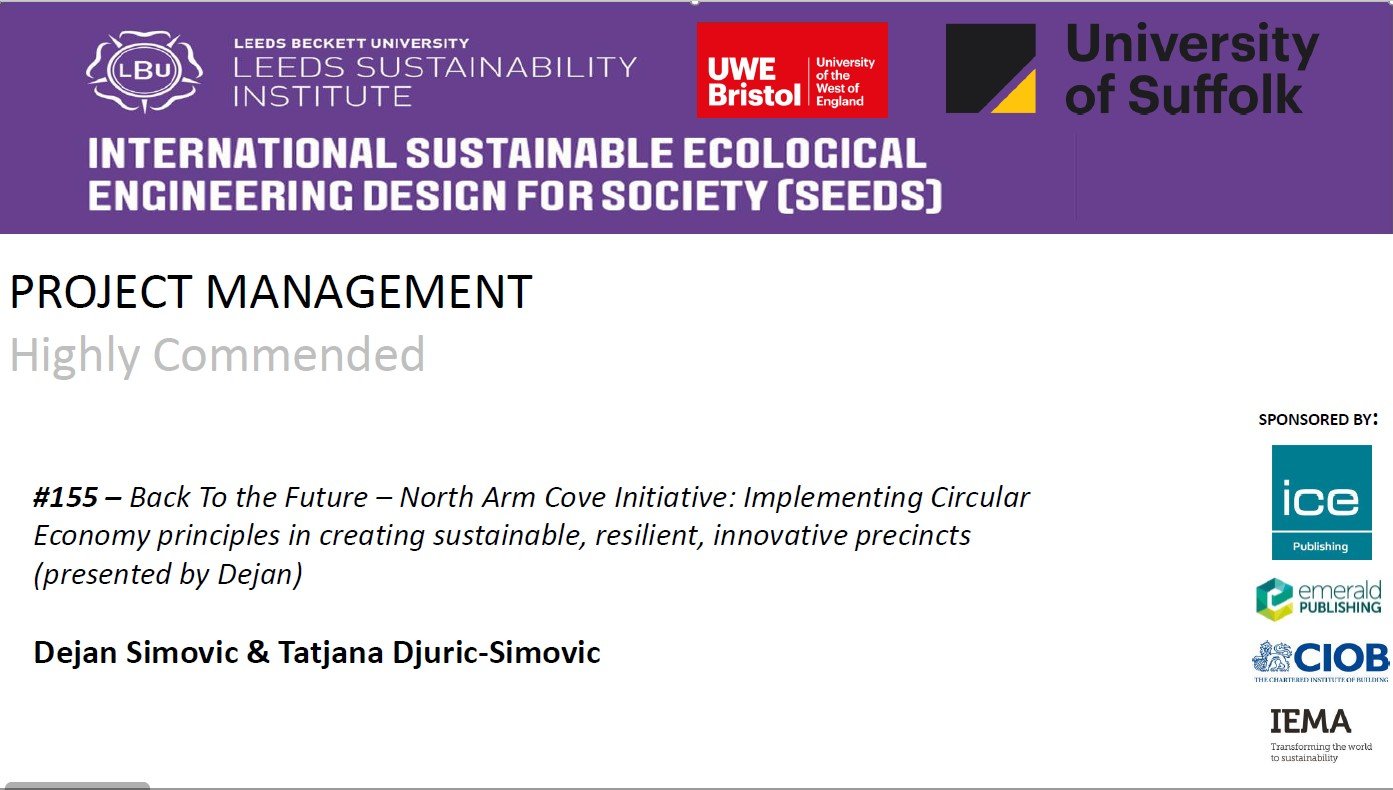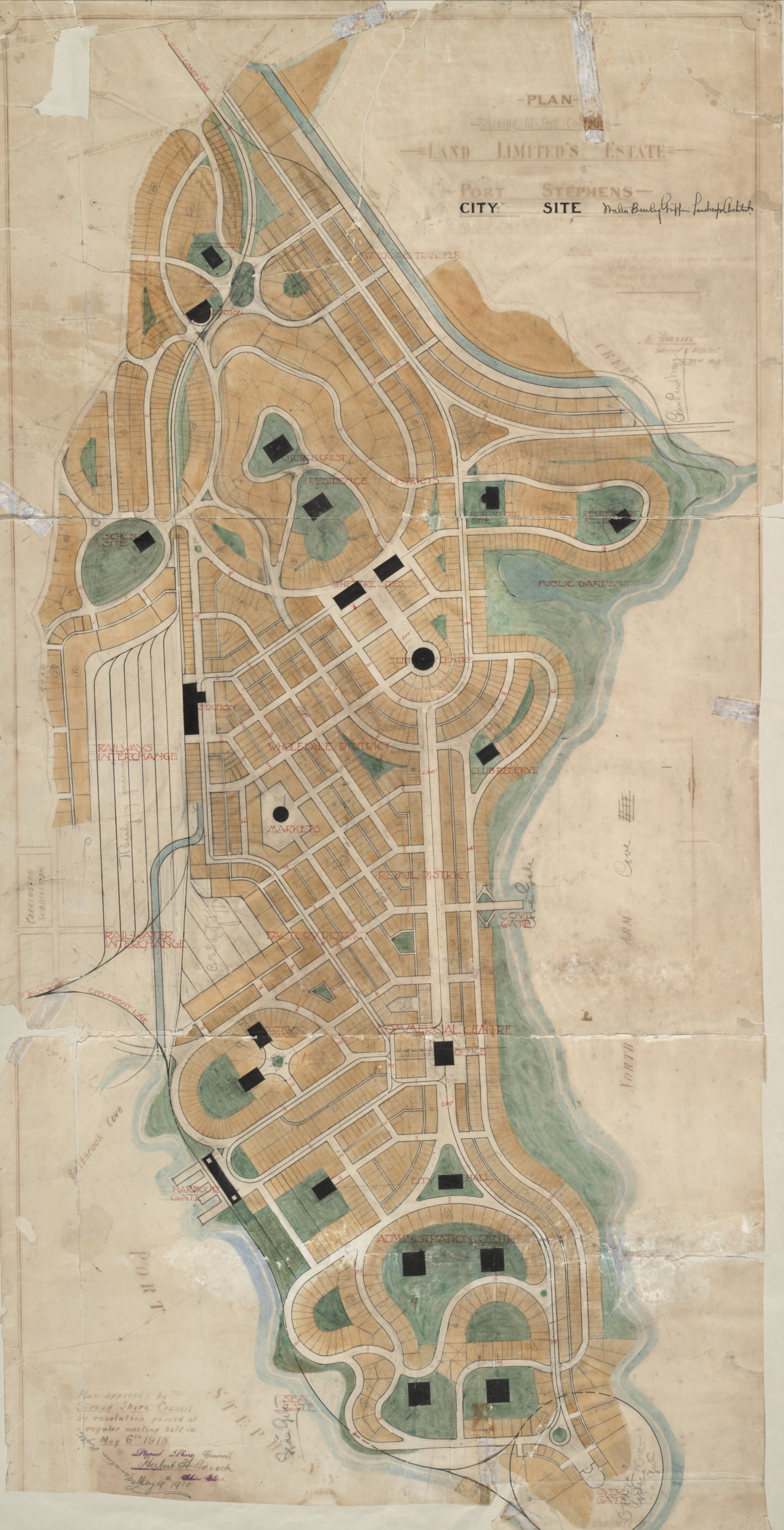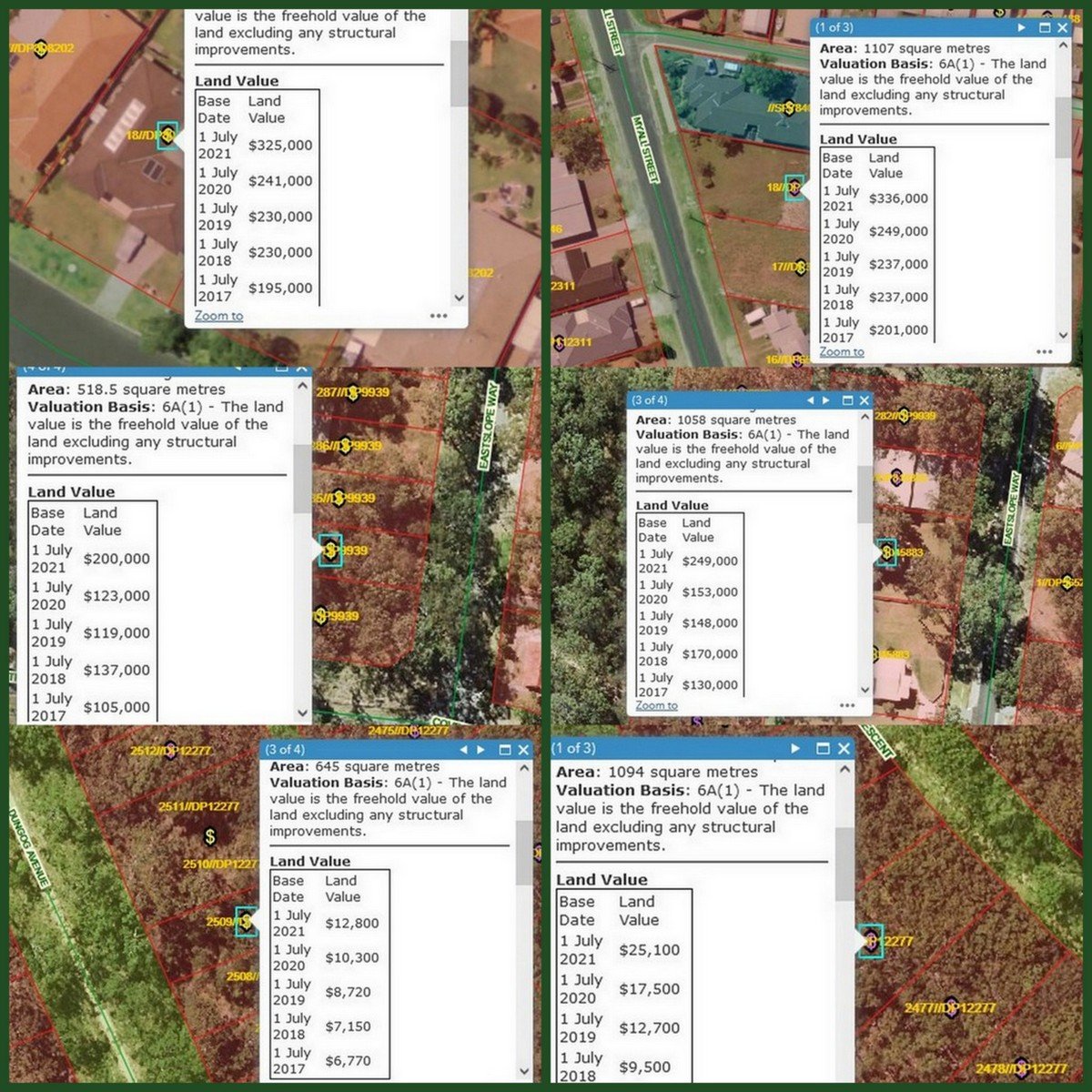1. INTRODUCTION
In the past few decades, it has become clear that the problems we are facing now, in our environment are the result of inadequate practices used in the past. Changing climate with increasing extreme weather events being just one of the aspects we need to mitigate, according to IPCC reports (1). Perpetual growth based on the linear model (take-make-use-dispose) and consumerism has led to severe depletion of natural resources, pollution, and loss of biodiversity. Since 1992’s “Earth Summit”, various attempts have been made to address unsustainable development practices and collaborate towards achieving better outcomes for the world’s population and the planet. Finally, 2015 has seen the adoption of the “2030 Agenda for Sustainable Development” and its 17 Sustainable Development Goals (SDG) (2). Global pandemic in the past two years has brought additional challenges in all aspects of our lives, planning and urban development are not spared. Our project is looking at alternative models to sustainability orientated urban planning – based on outcomes and circularity in order to preserve natural resources and environment.
2. LITERATURE AND RESOURCES REVIEW
This is a complex and long-lasting project, drawing from the authors’ long experience as well as their professional and social network. Tatjana’s main contribution in this project and paper is exploration of heritage aspects, work by Walter Burley Griffin and Marion Mahony Griffin, as well as review of Australian/New South Wales’s planning regulation. Dejan’s role and contribution are in technical, technological and general practical aspects of sustainability in urban development. Both authors are equally concerned with educational and social aspects of the project. Main groups of resources are related to heritage aspects, current planning system regulation and current and anticipated trends in sustainability, technological innovation and social development.
2.1 Heritage
North Arm Cove is an exceptional location in Australia, among other things, because of its rich Aboriginal and Colonial history. Aboriginal people are known for their special relationship with the land, water and living environment. The Worimi people have been traditional custodians of the land in the area of present-day Port Stephens, “since time immemorial” (3). This special relationship was noted even in 1918 when NAC subdivision was surveyed by Walter Burley Griffin, as noted by Marion Mahony Griffin in her unpublished biography of Walter and his life in Australia – “Magic of America” (4). The area of NAC is one of the first areas settled by white settlers with the neighbouring village of Carrington becoming a headquarter of the first Australian Agriculture Company (5). Land that was previously managed by Aborigines through “stick burning” (6), controlled burning technique, to allow for grazing of large wildlife, was further cleared for grazing of cattle and sheep. Experiments were taking place with cultivating various grain options and even cotton. In May of 1918, then Stroud Council, approved Griffin’s plans for “Port Stephens City”. Griffin already provided a selected location, prepared plans and actively participated in subdividing land. Location of the city was a result of Walter’s search for a place for Australia’s most important port, equivalent of New York, which entailed a deep seaport linking the east coast through mountain ranges to the Australian hinterland (7). Peter Harrison, Australian town planner and a champion of the Griffin Plan for Canberra, described the Griffin section as ‘one of his most elegant essays in site planning’ (8). In early 1919 ‘Land Limited’, NAC subdivision landowner, went into liquidation and ownership of the subdivision passed to Henry Ferdinand Halloran (1869-1953), town planner, developer and surveyor. Halloran’s extension expressed his dramatic wheel-spoke style rather than the more sensuous Griffin mix of grid and curvilinear planning (9).
In 1963, the then Great Lakes Council closed most of the roads planned in Griffin’s subdivision, setting aside a small area for residential development (current “village”), while the rest of the area was proclaimed to be “non-urban” (RU2 – rural landscape zoning).
2.2 Planning System and Regulation
Australian planning is mostly in the domain of individual States. The New South Wales (NSW) planning system consists of a complex array of legislation and policies implemented at the State level by the Department of Planning and Environment (DPE) and at local government level by
councils. Sitting at the top of the State legal hierarchy is the Environmental Planning and Assessment Act 1979 (EP&A Act). The NSW planning system may be divided into three broad areas: strategic planning, land use planning and development controls. The EP&A Act provides for several ways by which the community may participate in the process of shaping their neighbourhoods, cities and regions.(10)
The system is currently being reformed , and we hope that our research could contribute to that process. The NAC area is part of the Hunter Region that itself suffers from uneven development – Newcastle (regional centre) being one of the leading regional economies in Australia (11), while at the same time parts of MidCoast Council (Council, MCC) are economically among the most disadvantaged in NSW (12).
2.3 Times of Change
We live in unprecedented times, new technological revolution, re-introduction of multipolar world, emergencies related to changing climate as well as global pandemic. All this indicates that we need to change the way we behave in most spheres of our lives – private, social, professional. All this has very much affected Australia and its Asia-Pacific surrounding. As a result, currently, in April 2022, we can observe at the local level, increased demand for living in regional areas, greater need for resilience, increased need of safety and self-sufficiency, all very much in line with SDG 11 (13). Ultimately, our project has several major inspirations with extensive literature and resources considered by authors:
- Griffins – their work, original plan and planning vision, engagement, and dedication to community,(15) as partly realised in Castlecrag, Sydney’s suburb (16)
- East Village at Knutsford and the work of Curtin University, Perth, especially Professor Peter Newman and his team, (17),
- Narara Eco Village, NSW, and its passionate founder Lyndall Parris, (18)
- Principles of “Permacity” by Sebastian Moreno Vacca of A2M Architects, Brussels, Belgium, (19)
- Courses on “Circular Economy and Sustainability Strategies” at Cambridge University, Judge Business School, (20)
- The Ellen Macarthur Foundation and their work on Circular Economy (CE), (21)
- Local resident’s webpage (22) and North Arm Cove Rate Payers Association (NACRPA). (23)
An important resource are presentations by international experts in various fields, given on the onset of “Back to the Future – NAC” student competition, that are part of our Youtube video library. (24)
3. RESULTS
Our goal is to investigate opportunities for implementing new frameworks for creating urban developments through collaboration between community, research and industry. That is best represented in SDG’s Goal 11 - Make cities and human settlements inclusive, safe, resilient and sustainable (25). Our project has several direct aims:
- Exploring opportunity for transitioning from procedure based to performance/outcome-based planning
o Exploring ways to create plans for an innovative, resilient, urban community in regional Australia, with high sustainability standards, achieving net-zero CO2 or beyond, based on smart technologies and circular economy principles.
o Creating framework for collaborative community planning and governance – incorporating innovation/research,
o Incorporating heritage values into innovative community of the future.
- Establishing “innovation precinct”, contributing to education of future generation of urban planners, designers and city builders
- Establishing template/prototype/framework for similar developments elsewhere.
In essence, our research is about establishing practical, circular framework for further research about urban communities in transition to circular economy.
4. RESEARCH DESIGN AND METHODOLOGY
This project is a case study based in the Australian regional area, small community of North Arm Cove. The authors are actively involved in the North Arm Cove community and the landowners’ association (NACRPA) (26). Many aspects of this project are personal and professional at the same time. We have conducted investigations needed for completing a “proof of concept”, through the North Arm Cove Initiative (Initiative) (27) framework, conducting interviews with authorities, engagement with community associations, communication through social media, presentations to expert bodies and the public as well as acquiring expressions of interest from research, professional institutions, and industry.
In the summer of 2020-21 (November to March) we sponsored and facilitated a student research competition, “Back To the Future – NAC” (28), on a subject of “regional urban community of 21st century”, with NAC as a case study area.
Project phases:
1. Identification – Exploring location’s history, social, environmental, and economic context.
2. Analysis – PESTEL identifying constraints and opportunities
3. Proposing framework for decision making, planning and delivery – proof of concept
4. Preparation of a community Master Plan and innovation precinct
5. Delivery and community governance – including continuous innovation
At present, we have completed the first three phases and this paper is a project status report.
5. DISCUSSION
The village of NAC with a population of around 350-450 people (depending on the season) lies 200kms north of Sydney on a northern shore of Port Stephens in the MCC of the Australian state of New South Wales (NSW). NAC also includes a community of about 2500 individual landowners of approximately 2850 “non-urban” land lots in a historic “paper subdivision” (29) – subdivided land without dwelling entitlements. The large number of land lots (total of ~3500 on 740ha) makes NAC one of the largest ratepaying community in MCC.
Starting point for our assessment are local Council’s view expressed in their Draft Rural Strategy(30). According to that document, “paper subdivision” of NAC has a medium to high level of constraints for further development. Opportunities for development have not been discussed.
















